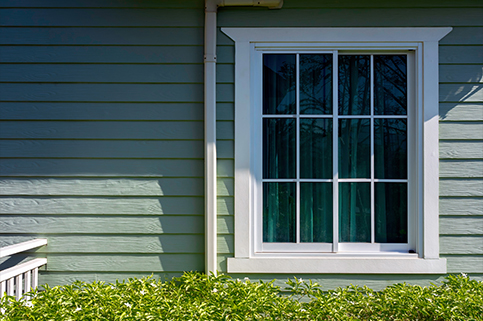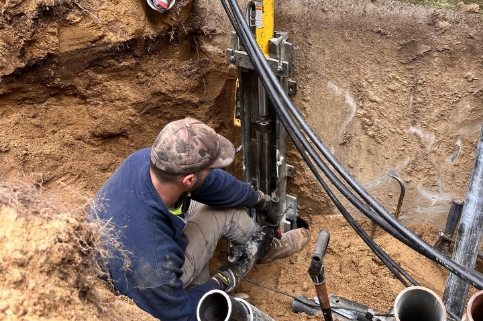Gaps around Doors and Windows
Gaps around doors and windows are a common problem that many homeowners face. These gaps can allow drafts, pests, and moisture to enter your home, leading to energy loss, and increased utility bills. Most importantly it’s a sign you could have structural damage to your home that needs to be addressed.

Causes of Gaps
There are several reasons why gaps may form around doors and windows:
Normal Wear and Tear
Over time, the frames of doors and windows can shift or deteriorate, resulting in small gaps.
Settling of the House
As a house settles, it may cause misalignment between doors, windows, and their frames.
Improper Installation
Poor or faulty installation techniques can leave gaps between the frames and the walls.
Climate Changes
Extreme temperatures and humidity levels can cause materials to expand and contract, leading to gaps.
Consequences of Gaps
Ignoring gaps around your doors and windows can have various negative effects on your home:
Energy Loss
Gaps allow conditioned air to escape and outside air to enter, making it harder for your HVAC system to maintain a comfortable temperature.
Increased Utility Bills
Higher energy consumption due to drafts will result in increased heating and cooling costs.
Pest Infiltration
Small gaps provide easy access for insects, rodents, and other pests, which can pose health risks and cause damage to your property.
Moisture Damage
Gaps can allow rainwater and moisture to seep into your home, leading to mold growth, rotting of building materials, and potential structural damage.

